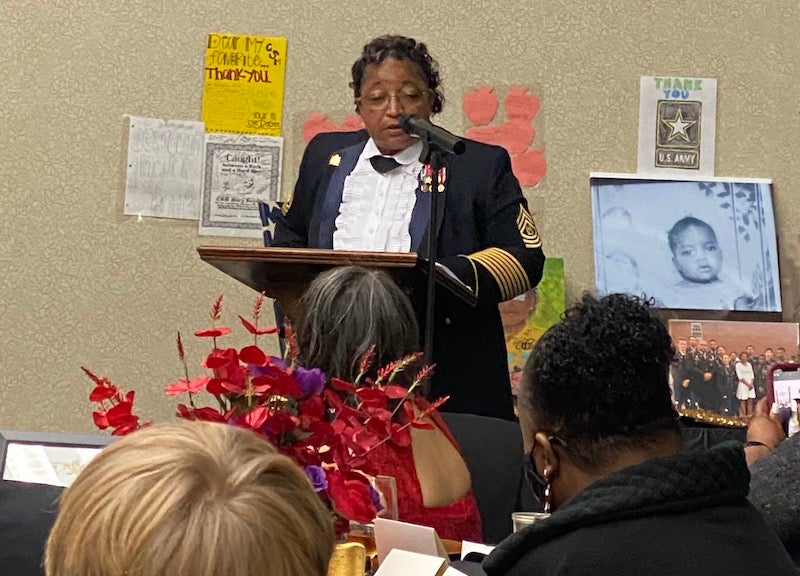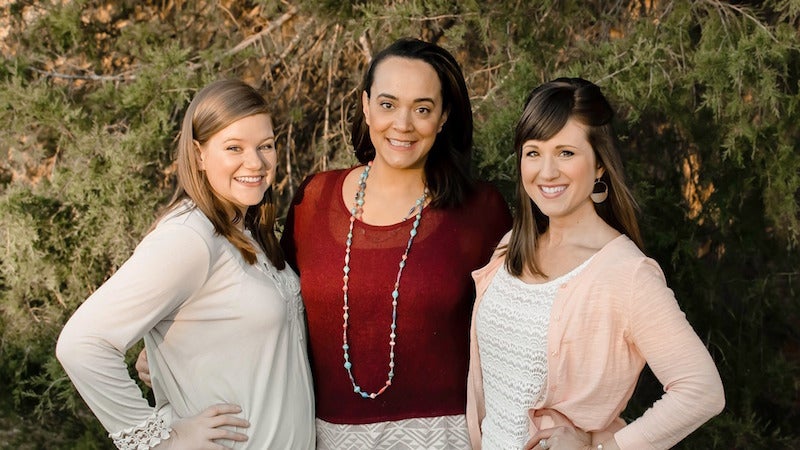What happens with school moving forward?
Published 5:00 pm Monday, April 27, 2020
|
Getting your Trinity Audio player ready...
|
By CONNIE NOLEN | Community Columnist
At Pelham Park, Sarah Andrews watches her 5-year-old daughter, Lennox Andrews, ride her bike. From a safe social distance, I introduce myself. Andrews is a preschool teacher, but due to Covid-19 closures, she is at the park on this school day.
“So you’re in kindergarten?” I ask after Lennox Andrews tells me her name and age. She looks to her mom for help with this question.
“She’s just turned five,” Sarah Andrews says. “Lennox starts school in the fall . . . hopefully . . .”
My new acquaintance and I both fall silent at the uncertainty of her simple statement. Will her daughter start school next fall? Will school change moving forward?
This spring’s forced transition to remote learning created gratitude for digital classrooms and educational resources, while underscoring the vast disparity of devices and internet connectivity available in our homes. Is pandemic preparedness the next educational drill?
Schools are famous for drills—fire drills, severe weather drills and a few decades ago—even bomb drills. Following strict procedures, these drills intend to produce the best results during disasters. Enduring the forced separation of shelter-in-place orders, school communities now consider what pandemic preparations would produce the best outcomes.
Until a vaccine exists, schools’ practical pandemic preparedness may include reducing student’s physical contact, while increasing the use of digital learning platforms that could seamlessly shift to remote learning.
At Pelham High School, desktop computers are out-numbered by portable Chromebooks and laptops housed in a teachers’ classroom computer carts. Students use different devices each class period.
Six students may use the same computer in a single classroom throughout the school day. Through seven class periods, students could indirectly touch 42 students through keyboards. If students randomly select devices daily, the keyboard shares multiply.
Assigning one device to one student for both home and school use ends keyboard sharing, while allowing teachers to gear instruction to students’ constant connectivity reduces paper handouts and shared books.
Seeking daily gratitude makes uncertainty bearable.








